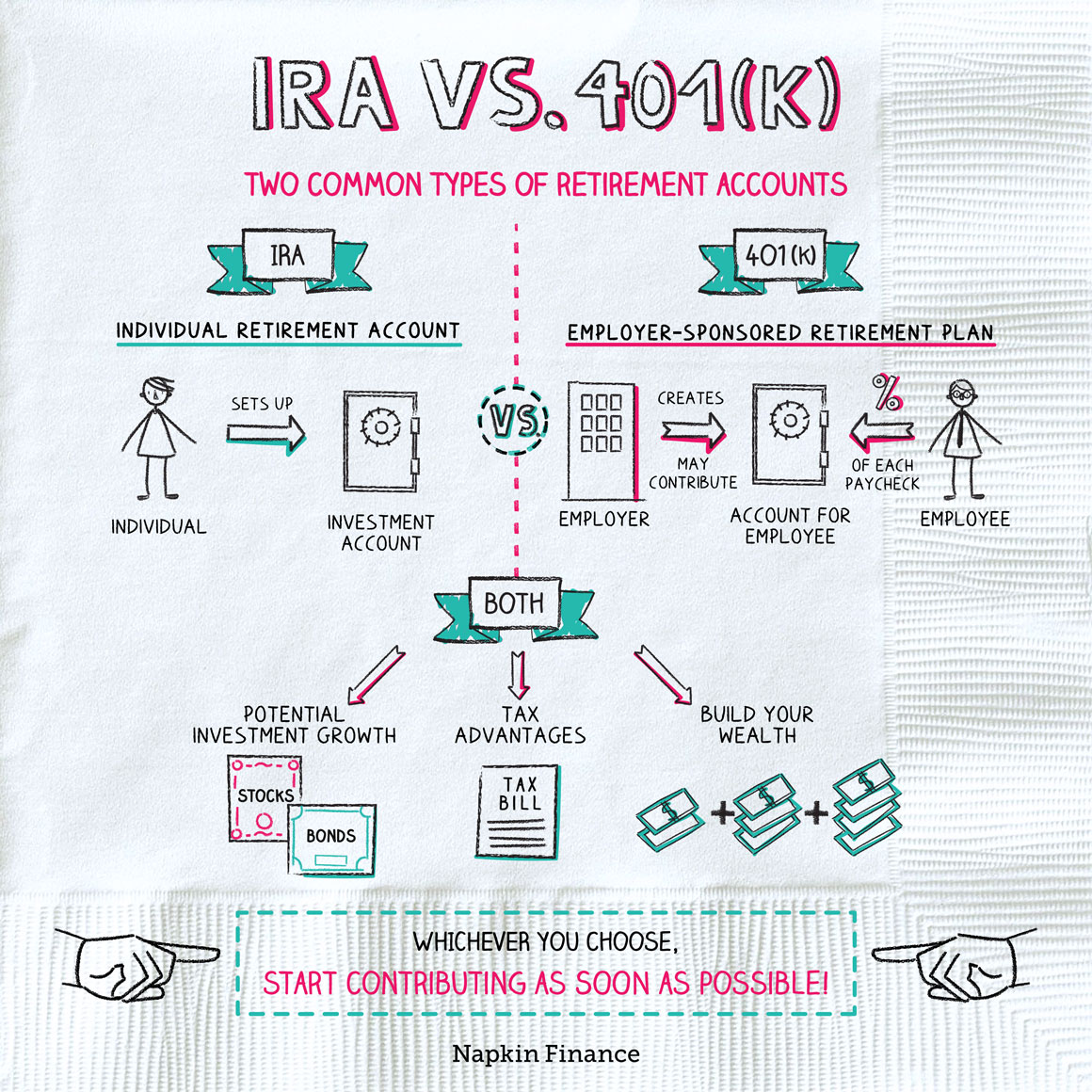The Evolution of Paper Money: From Handwritten Promissory Notes to Modern Currency
July 25, 2024
The transition from metallic to paper currency marked a significant shift in economic practices. Initially, money was primarily composed of coins made from precious metals, which were heavy and cumbersome. Paper money emerged as a more convenient and portable alternative, facilitating easier transactions. Its introduction simplified everyday exchanges and laid the groundwork for modern banking systems, enabling a more fluid economy that could support growing trade networks. The advantages of paper currency were quickly recognized; it allowed for larger denominations without the weight of metal coins and could be produced more efficiently. This shift was not merely a convenience but a necessity as commerce expanded. The evolution of paper money reflects broader societal changes, highlighting the intersection of economics, technology, and culture. Understanding the origins of paper currency is essential for grasping its ongoing significance in contemporary financial systems.
Historical Context of Paper Money
The history of paper money dates back to ancient China during the Tang Dynasty, where it was first introduced as a solution to the limitations of metal coins. Merchants began to issue promissory notes that could be exchanged for coins, facilitating trade and commerce. This innovation spread globally, influenced by trade routes and the economic needs of burgeoning societies. As economies evolved, the necessity for a more flexible monetary system became evident. By the 19th century, the gold standard dominated, linking currency value to gold reserves and providing a stable medium of exchange. However, this standard also imposed limitations on monetary policy, leading to the eventual move towards fiat currency, which is not backed by physical commodities but rather derives its value from government regulation and public trust. Key historical milestones, such as the establishment of national banks and the introduction of banknotes, shaped the development of paper money and its acceptance as a legitimate form of currency.

The Downsizing of U.S. Paper Currency
In 1929, the U.S. Treasury introduced small-size notes, fundamentally changing the face of American currency. This decision aimed to reduce production costs and adapt to evolving economic conditions. The shift from large-size to small-size notes was not merely aesthetic; it also reflected broader trends in currency design and security measures. The characteristics of large-size versus small-size notes illustrate the evolution of currency in response to practical needs. Large notes, while visually impressive, were cumbersome and less convenient for everyday transactions. The new small-size notes featured enhanced security elements, making counterfeiting more difficult. This change not only improved the functionality of money but also aligned with the growing demands of a more mobile and dynamic economy. The transition to smaller denominations marked a significant milestone in the history of U.S. currency, highlighting the interplay between design, security, and economic necessity.
Comparisons with International Currency
Comparing U.S. paper money to international currencies reveals significant differences in design and functionality. For example, Canadian currency utilizes innovative plastic materials and advanced security features, making it more durable and resistant to wear. These modern currencies often incorporate transparent windows, holograms, and other elements that enhance security while also improving tactile and visual appeal. The advantages of contemporary currencies, like those in Canada and other countries, highlight the ongoing evolution of global currency standards. While U.S. paper notes have maintained a traditional approach, the adoption of modern materials and design techniques in other nations illustrates a commitment to enhancing security and usability. Understanding these distinctions is crucial in illustrating how global economic practices influence currency design and the broader implications for international trade and finance.
The Role of Technology in Currency Evolution
Technological advancements have played a crucial role in the development of paper money. From the introduction of the typewriter to modern printing techniques, innovations have streamlined currency production and improved security features. The ability to produce high-quality, intricate designs has made counterfeiting increasingly challenging, safeguarding the integrity of the currency. Moreover, the rise of digital currencies and electronic payments represents a significant shift in how we think about money. The impact of technology on currency is profound, as digital transactions become more prevalent and consumer preferences shift towards cashless solutions. This section will explore how these advancements not only enhance the security of paper currency but also signal a transition toward a more digital economy, raising questions about the future role of traditional paper money in financial transactions.
The Cultural Significance of Handwriting and Currency
Before the rise of typing and digital communication, handwriting was a vital skill deeply intertwined with financial transactions. This section will discuss the cultural importance of penmanship and its relation to the creation and use of currency. Handwritten notes, checks, and other forms of financial communication reflected personal expression and social status, influencing how individuals interacted with money. The decline of traditional penmanship raises important questions about the future of personal expression in financial transactions. As digital communication becomes the norm, the aesthetic appeal and personal touch of handwritten currency-related documents diminish. This shift not only impacts individual expression but also alters the cultural landscape surrounding money, highlighting the need to understand the changing dynamics of communication in the context of finance.
Economic Implications of Paper Money
The value of paper currency is not inherent; it relies on public trust and government backing. This section will analyze the economic factors that determine a bill’s worth, such as inflation, market dynamics, and the underpinnings of fiat currency systems. The shift from gold-backed to fiat currency is crucial for understanding contemporary monetary policy and the flexibility it offers. The implications of hyperinflation, as seen in countries like Venezuela, illustrate the fragility of currency systems. When trust erodes, the value of money can plummet, leading to devastating economic consequences. Understanding these economic implications is essential for grasping the complexities of modern finance and the ongoing evolution of paper currency in a globalized economy.
Future of Currency: Trends and Predictions
As technology continues to evolve, the future of currency remains uncertain. This section will explore emerging trends such as cryptocurrency and digital wallets, which are reshaping how we perceive and use money. The potential for cashless societies raises critical questions about accessibility and economic equity, particularly for marginalized communities that may rely on cash transactions. Predictions about the role of traditional paper money in an increasingly digital world will be discussed, considering both benefits and challenges. While digital currencies offer efficiency and convenience, they also pose risks related to privacy and security. The balance between innovation and preservation of traditional financial systems will be key in shaping the future of currency.
Conclusion: The Legacy of Paper Money
The evolution of paper money reflects broader societal changes in communication, technology, and economics. Understanding this history provides insight into the future of currency and its role in daily life. The legacy of paper currency will continue to shape financial practices in the years to come, even as we navigate the complexities of digital advancements. As we consider the lasting impact of paper money, it is essential to recognize its significance in the context of global finance and personal transactions. The ongoing transformation of money underscores the importance of adaptability and innovation in our economic systems, reminding us that while the medium may change, the fundamental need for currency as a tool of exchange remains constant.





